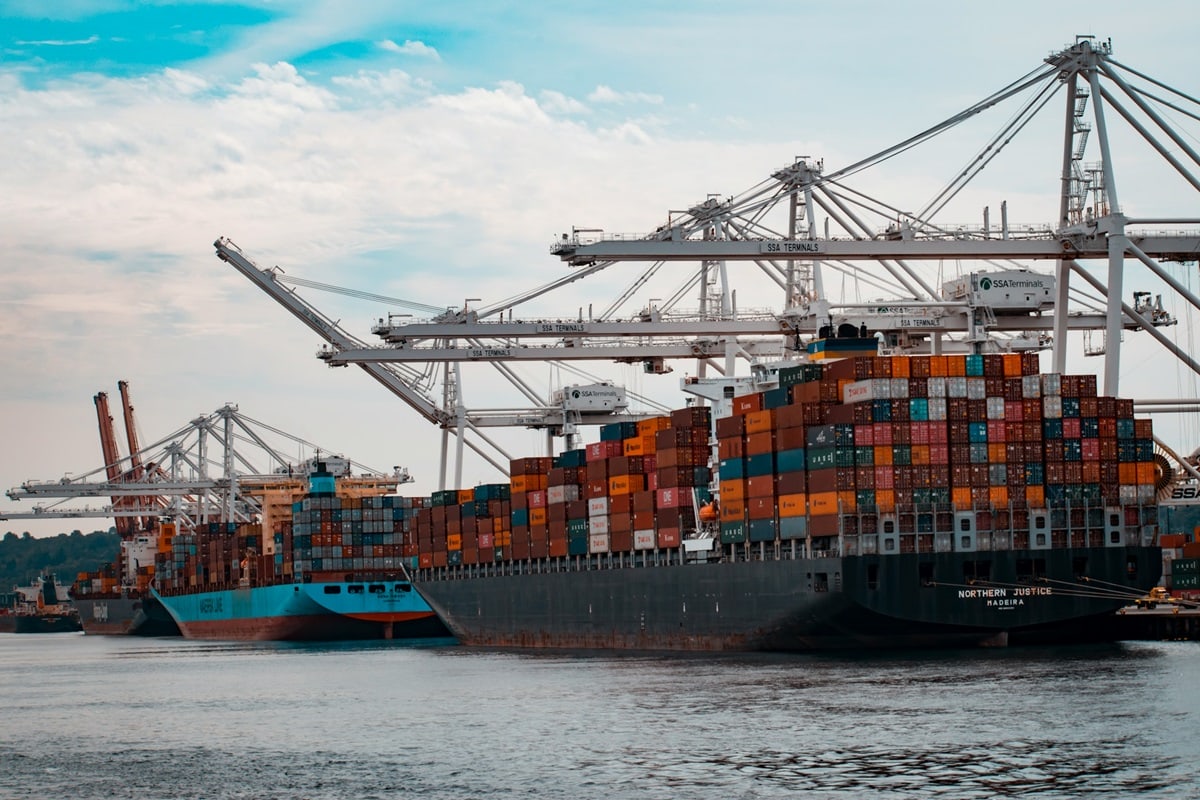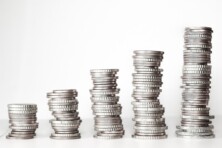On Wednesday, February 12, the trade advisors of the President of the United States, Donald Trump, were finalizing plans for the reciprocal tariffs.

It is worth mentioning that Mr. Trump vowed to impose the mentioned measures on countries that decide to charge duties on US imports. Against the background of these intentions, the risks have significantly increased that in the foreseeable future, the world will face the materialization of such a negative scenario as a global trade war, which is gradually becoming an increasingly realistic prospect, although it still remains in the category of theoretical probabilities rather than accomplished fact in the practical plane.
It is worth noting that the parties to the potential economic confrontation are currently demonstrating their readiness to escalate the situation. The trade ministers of the 27 European Union countries have agreed to meet via videoconference to discuss a potential response to the tightening of the United States tariff policy towards the region. It is worth mentioning that the President of the European Commission, Ursula von der Leyen, said that the mentioned US measures against the EU will not go unanswered.
This week, on Monday, February 10, the markets were faced with unexpected news for them, foreshadowing the imminent materialization of a new element of economic reality. In this case, it implies Donald Trump’s decision to impose tariffs on all steel and aluminum imports. The relevant measures will come into force on March 12. The decision on tariffs was negatively perceived by the European Union, Canada, and Mexico. At the same time, Australia and Japan have stated that they intend to seek exemptions from the duties.
Industries that are heavily dependent on steel and aluminum imports are nervously watching the approach of a new version of the economic order of things, in which the challenge in the form of a jump in costs will be relevant. There are no easy ways to compensate for the negative impact of the mentioned circumstances. In this case, financial losses are inevitable. A relatively positive scenario in the context of the corresponding situation is to minimize the negative impact as much as possible.
Last week, Donald Trump imposed an additional 10% tariff on goods imported from China. The relevant measures came into force on February 4. Retaliatory tariffs from Beijing took effect this week. Many experts noted that China did not use all possible measures in this case. This may mean that Beijing is either trying not to harm its economy in this way or will try to maintain the state of affairs within a controlled format that provides for the possibility of reaching certain agreements with Washington aimed at declining trade tensions between the two capitals. Experts point out that China has a lot to lose due to the huge trade imbalance with the United States.
After his inauguration in January, Donald Trump also announced 25% tariffs on goods imported from Mexico and Canada. However, he then delayed the entry into force of these measures until March 4. It is expected that in the coming weeks, negotiations will be held between Washington, Ottawa, and Mexico City on decisions to secure the borders of the United States and halt the flow of fentanyl into the country.
Some US workers welcomed the tariffs announced on Monday on steel and aluminum imports. At the same time, many manufacturing-heavy companies expressed concern about further moves. These firms warned that the tariff increase will affect supply chains and all businesses that rely on materials.
Executives from companies including supermarket chain Ahold Delhaize and Siemens Energy said the mentioned measures would trigger price growth as they seek to pass on the extra costs of imports.
European steel producers also expressed concern. In their opinion, US tariffs will lead to a flood of cheap steel coming into Europe. French steelmaker Aperam urged Brussels to intervene to curb imports if the mentioned likely scenario is realized. Austria’s speciality steelmaker Voestalpine called on the EU to take immediate countermeasures.
Australia’s industry minister Ed Husic told reporters at the National Press Club in Canberra that the national plan to boost exports of green aluminum will not be derailed by the threat of US tariffs. He also noted that there is a high level of world demand for aluminum, which is needed for the transition to net zero, from the mentioned country. In this context, it was also underlined that the tightening of Washington’s trade policy measures means that the United States will pay more for the specified products that the US needs.
So far, White House officials have maintained a tactic of silence in the context of comments on the structure and timing of the next tariffs. It is possible that the relevant decision has not yet been made and is under discussion. The media, citing insiders, released information that an official statement on further tariffs will be made before the end of the current week. It is worth noting that this information is not official.
On Monday, Donald Trump stated that he would announce reciprocal tariffs on countries that impose duties on US goods. He also talked about considering separate tariffs for cars, semiconductors, and pharmaceuticals.
Trade experts say that structuring the reciprocal measures that Donald Trump is seeking is a big challenge for the President’s team.
William Reinsch, a senior fellow at the Center for Strategic and International Studies, said that Mr. Trump’s administration officials could choose an easier-to-apply flat tariff rate of 10% or 20%, or a messier approach involving separate tariff schedules, matching US tariffs to each other country’s rates.
Some media informants have reported that the details of the reciprocal measures are still being worked out.
Damon Pike, a trade specialist and principal with the US division of accounting firm BDO International said reciprocal tariffs that Donald Trump envisioned would result in a monumental undertaking, given that each of the 186 members of the World Customs Organization had different duty rates.









